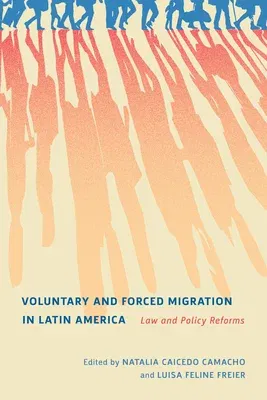Latin America provides a compelling case for the study of migration
policies and laws, with several factors - including both internal and
interregional migration and refugee flows, the region's progressive
approach to the management of human mobility, and several forced
displacement crises of the contemporary era - offering unique
insights.Despite the region's heterogeneous migration flows and unique
immigration and refugee laws, the academic literature has thus far
lacked in-depth explorations of migration policy in Latin America.
Voluntary and Forced Migration in Latin America presents a comparative
analysis of the migration legislation of Argentina, Brazil, Chile,
Colombia, Ecuador, Mexico, and Peru. For each country, the collection
provides a historical overview of the evolution of migration
legislation, an analysis of the migration flows and types of migrant
profiles, and an examination of the country's current immigration,
asylum, and nationality legislation. The primary regional and
international mechanisms that facilitate a normative approach to
voluntary and forced migration, as well as to migrant and refugee
rights, are also thoroughly interrogated.Situating itself in the often
progressive immigration policies of Latin America, Voluntary and Forced
Migration in Latin America offers alternative solutions for other
countries facing migration challenges in different contexts.

